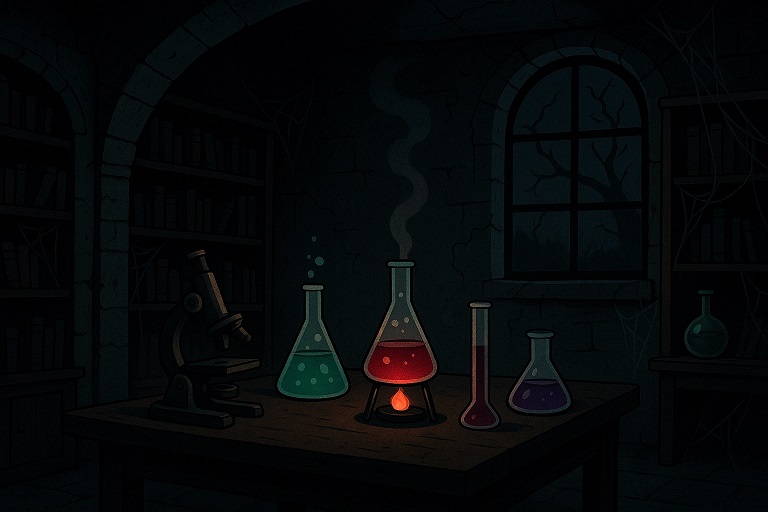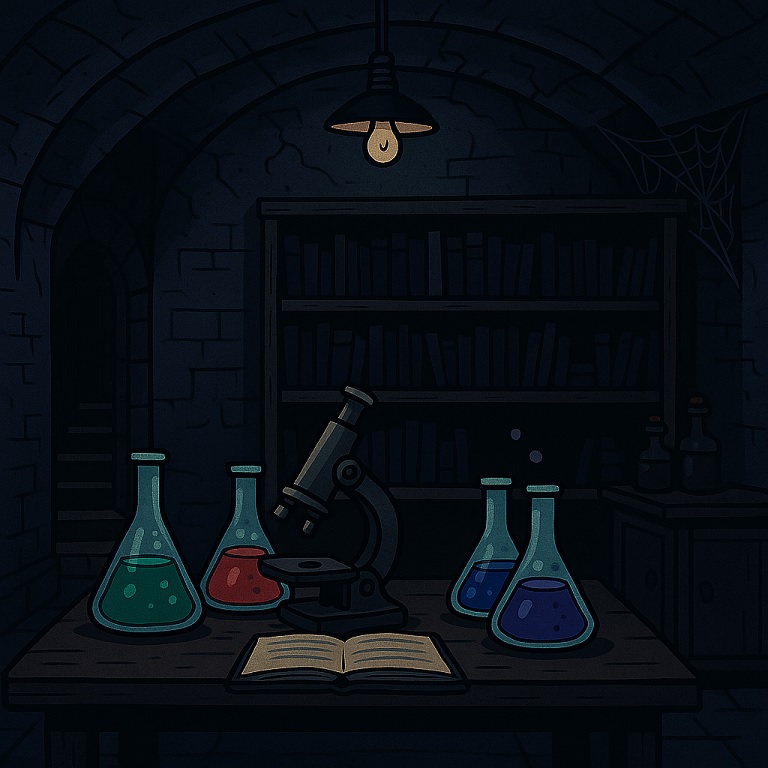
Table of Inorganic Liquids

Table of Inorganic Liquids
(For room temperature.).
| Freezing | Boiling | |
| H2O2 | -25.55 C | 127 C |
| N2H4 | 2 C | 113 C |
| HN3 | -80 C | 36 C |
| CCl4 | -23 C | 77 C |
| CS2 | -111 C | 46.30 C |
| SiCl4 | -70 C | 58 C |
| P2H4 | -99 C | 56 C |
| POCl3 | 2 C | 105 C |
| PCl3 | -93.7 C | 76 C |
| SO3 | 17 C | 45 C |
| SCl2 | -121 C | 59 C |
| S2Cl2 | -78 C | 137 C |
| S2Br2 | -46 C | 46-48 C |
| S2F2 | See cold | See cold |
| S2F10 | -53 C | 30 C |
| SOCl2 | -104 C | 78 C |
| SO2Cl2 | -54 C | 69 C |
| AsF3 | -6 C | 57 C |
| SeF4 | 10 C | 102 C |
| SbCl5 | 3 C | 79 C |
| TiCl4 | -24 C | 136 C |
| VCl4 | -26 C | 148 C |
| MoF6 | 17.5 C | 34.0 C |
| HSO3F | -87.5 C | 165.4 C |
| HSO3Cl | -80 C | 151.5 C |
| BrF3 | 8 C | 135 C |
| ClF3 | See cold | See cold |
| BrF5 | -61 C | 41 C |
| IF5 | 9 C | 100 C |
| AsF3 | -6 C | 57 C |
| CrO2Cl2 | -97 C | 117 C |
| CSCl2 | 70-75 C | |
| ReF6 | 18.5 C | 33.7 C |
| Below room temperature. | ||
| Mn2O7 | -10 C | |
| ClO2 | -59 C | 11 C |
| ClF3 | -76 C | 12 C |
| S2F2 | -133 C | 15 C |
| BiH3 | -67 C | 17 C |
| NCl3 | 16 C | |
| N2O3 | -100 C | 3.5 C (decomposes) |
| WF6 | 2.3 C | 17.1 C |
| Above room temperature. | ||
| RuO4 | 25 C | 130 C |
| Decomposes. | ||
| N2O2HSO4 | - | - |
Note that some of these liquids are yellow, but were not colored yellow, with more being pale yellow.
Some of the reasoning for colors are partially-filled d orbitals, and a way to have an internal redox reaction. Conjugation is another reason for coloring, which is why ozone is more blue than oxygen. For a general rule, transition metal compounds are likely to be colored, except for groups 3 and 12, and for organic compounds, having alternating double bonds. Note that crystal field theory and ligand theory only apply to transitions involving d orbitals.
For the ones without d orbitals, that only have p orbitals, the HOMO-LUMO gap is small enough where optical frequencies can overcome it. S-Cl bonds also aren't strong, and are polarized towards Cl.
If you ever seen the quote, that water is the only naturally-occurring substance on Earth that can be found in all 3 states, that appears to be very true.
Correlation with vapor pressure.
If a liquid has a high vapor pressure at a particular temperature, then its molecules are escaping easily from the surface. If a 2nd liquid, at the same temperature, has a low vapor pressure, then its molecules aren't escaping so easily. So the liquid with the higher vapor pressure has a lower boiling point.
Trivia.
While TiCl4 is diamagnetic, VCl4 is 1 of the few paramagnetic liquids out there, at room temperature, as well as ClO2 at slightly below room temperature. 1 way to generate a paramagnetic liquid is to use an active metal to generate solvated electrons.
From this table, the liquid with the longest span of temperature range, be HSO3F at 252.9, HSO3Cl at 231.5, S2Cl2 at 215, CrO2Cl2 at 214, SOCl2 at 182, SCl2 at 180, VCl4 at 174, PCl3 at 169.7, TiCl4 at 160, CS2 at 157.3, P2H4 at 155, and H2O2 at 152.55.
Is S2F2 the inorganic liquid with the lowest melting point? Depending on the context, it holds the record for also being a liquid at near room temperature. But if you don't require that, then some gases at room temperature have even lower melting points: SSF2 is a liquid -165 C and -10.6 C, O2F2 is a liquid between -163 C and -57 C.
For liquids with a higher boiling point than HSO3F's 165.4 C, then some solids, such as TeCl4, is a liquid between 224 and 380 C. NaCl is a liquid between 800.7 and 1413 C. Fe is a liquid between 1538 C and 2861 C. MgO is a liquid between 2852 C and 3600 C.
Azeotropes.
Azeotropes are where 2 or more liquids are mixed and they now behave like 1 liquid in terms of having the same, and new, boiling point, so they cannot be separate by distillation, but their new boiling point is always greater than, or less than, their individual boiling points. And so those are the 2 types of azeotropes, positive and negative, but positive means the new boiling point is lower, and negative azeotrope means the new boiling point is greater, so the definitions are proportional to pressure, not temperature.
Usually when heating mixtures of volatile liquids, the vapors do not have the same composition as the liquid. Azeotropes are exceptions. Azeotropic mixtures behave like pure compounds, but they are not pure. The composition of azeotropic mixtures change with pressure.
Positive azeotrope: where the boiling point is lower (but increases with pressure).
Examples include 95.5% ethanol and 4.5% water, where ethanol boils at 78.4 C, new boiling point 78.1 C.
-Water and dioxane.
-79.8% toluene and 20.2% water, new boiling point 84.1 C, where toluene boils at 110.6 C.
-78% toluene and 22% pyridine, where toluene boils at 110.6 and pyridine 115.2, new boiling point 110.2.
Negative azeotrope: where the boiling point is higher (but decreases with pressure).
Examples include 68% nitric acid and 32% water, where nitric acid boils at 83 C, new boiling point is 120.4 C.
-80% chloroform and 20% acetone, where chloroform boils at 61.1 C and acetone 56.1 C, new boiling point is 64.7 C.
-65.5% chloroform and 34.5% tetrahydrofuran, where chloroform boils at 61.1 C and tetrahydrofuran 65.6 C, new boiling point 72.5 C.
There are more positive azeotropes than negative azeotropes. Positive-deviation azeotropes mean that like interactions are much stronger than unlike interactions, whereas negative-deviation azeotropes mean the opposite. The former case is more common because most substances interact better with themselves than with other substances: like dissolves like. We expect that positive-deviation azeotropes are more common than negative-deviation ones because it is more likely for 2 species to have stronger like than unlike interactions.
Liquids that can form azeotropes include water, organic liquids, and inorganic liquids, but not ionic liquids. Most ionic compounds donít have appreciable vapor pressures until hundreds of degrees Celsius, long after other molecular liquids have become gases.
As water forms azeotropes with ethanol, it does not form azeotropes with methanol.
